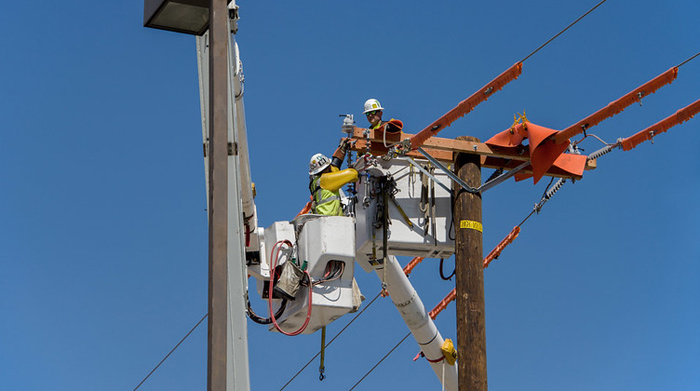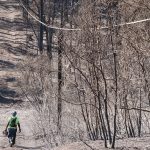Work Zone Safety Refresher

Image courtesy of Russ Allison Loar under Attribution-NonCommercial-NoDerivs 2.0 Generic (CC BY-NC-ND 2.0)License, resized to 700 x 391 pixels.
Whether we’re talking construction crews, utility tree trimming operations or utility linemen, proper work zone safety is an absolute must to prevent needless injuries. However, workers and contractors sometimes get a little lax when setting up work zones, so a basic refresher is always helpful.
How to Optimize Work Zone Safety
First and foremost, companies must have protocols and standards in place that describe the proper way to create a work zone, and these guidelines must be socialized and readily available. They should also be periodically reinforced, such as discussing it during staff meetings or tailgate sessions, providing checklists for crews, sending periodic email reminders, etc.
These guidelines should generally follow the Manual on Uniform Traffic Control Devices, published by the Federal Highway Administration (FHWA). The most recent edition is from 2009, but the FHWA plans to publish updated guidelines in May 2023 and then every 4 years thereafter.
The guidelines typically focus on signage, cones, proper sign and speed limit distances, etc., within the following 4 work zone categories:
- Designation of an advance warning area with signage
- Designation of a transition area using cones
- Designation of the activity area using barricades
- Designation of a termination area, where traffic patterns will be transitioned from the work zone area into the normal traffic zone
Also, while there should be standard protocols in place, keep in mind that these protocols may need to be adjusted based on local conditions – for example, weather, debris, traffic patterns, and visibility, to name just a few.
The bottom line is that work zone safety is an incredibly important piece of worker safety, and for utilities it should come into play during repair and restoration activities. And it doesn’t matter if the work is being done in an urban setting, rural area, or even in a parking lot, work zone safety should always be a top priority.



